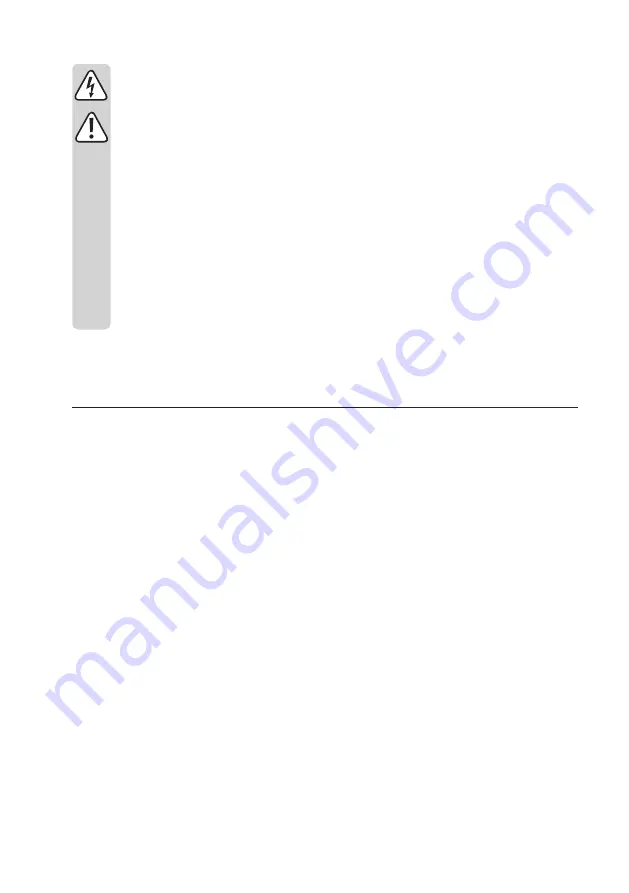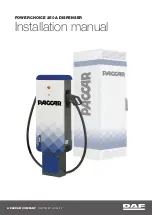
22
• Only use the product in temperate climates. It is not suitable for use in tropical climates.
•
Do not use the product in the immediate vicinity of strong magnetic or electromagnetic fields, transmitter
aerials or HF generators. These may affect the electronic control system.
•
Do not place the product directly next to devices with strong electrical or magnetic fields (e.g. transform
-
ers, motors, cordless telephones, wireless devices and radios), as these can prevent the product from
working properly.
• Never use the product immediately after it has been brought from a cold room into a warm one. This may
generate condensation, which can cause the product to malfunction or damage the interior components.
There is a danger of life-threatening electric shock! Allow the product to reach room temperature before
using it. This may take several hours.
•
If the product is not going to be used for a prolonged period of time (e.g. storage), disconnect it from the
power supply by removing the power cable from the mains socket.
• Trained personnel must supervise the use of electrical appliances in schools, training facilities and DIY
workshops.
• For installations in industrial facilities, follow the accident prevention regulations for electrical systems
and equipment of the government safety organisation or the corresponding authority for your country.
7. Information about charging parameters
Rechargeable batteries consist of two electrodes that are placed into an electrolyte. Batteries are therefore classed as
a chemical element. Chemical reactions take place inside this element. These reactions are reversible, which makes
it possible to recharge the battery.
A charging voltage is required to recharge batteries. This voltage must be higher than the cell voltage. Moreover, the
energy (mAh) supplied during the charging process must be higher than that which can be drawn afterwards. This
ratio of the energy supplied to the energy drawn is called efficiency.
The capacity that can be drawn mainly depends on the discharging current and has a decisive impact on the condition
of the battery. The supplied charge cannot be used as a measure, because some of it will be lost during charging
(e.g. converted into heat).
The capacity data given by the manufacturer is the maximum theoretic quantity of current which can be delivered by
the battery. This means that a 2000 mAh battery can, for example, theoretically deliver a current of 1000 mA (= 1 A)
for two hours. This value depends heavily on numerous factors (e.g. condition of the battery, discharging current and
temperature).











































